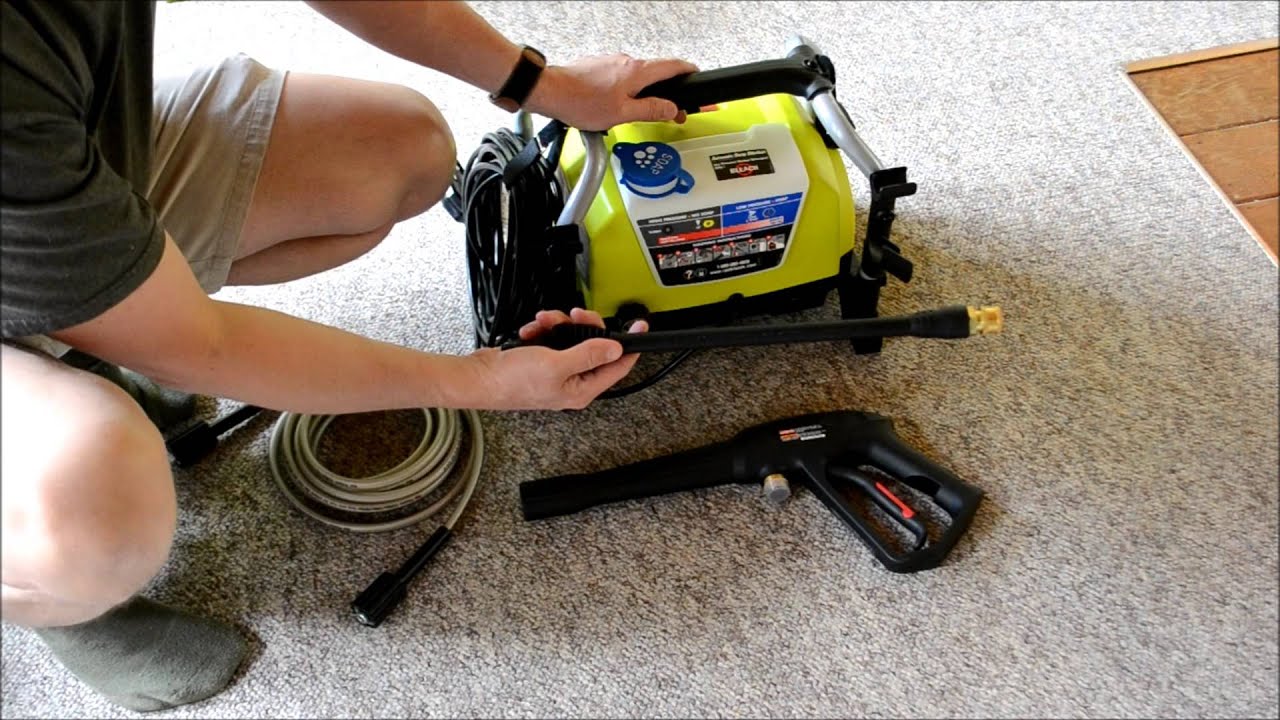

Articles
How To Use The Ryobi Pressure Washer
Modified: February 20, 2024
Learn how to effectively use the Ryobi pressure washer with our informative articles. Discover tips, tricks, and maintenance guides for optimal cleaning performance.
(Many of the links in this article redirect to a specific reviewed product. Your purchase of these products through affiliate links helps to generate commission for Storables.com, at no extra cost. Learn more)
Introduction
Welcome to our comprehensive guide on how to use the Ryobi Pressure Washer. If you’re looking to tackle tough cleaning jobs around your home or garden, the Ryobi Pressure Washer is a versatile and powerful tool that can help you get the job done quickly and efficiently.
In this article, we will provide you with step-by-step instructions on how to assemble, connect, and operate the Ryobi Pressure Washer. We’ll also cover important safety precautions to ensure that you can use the pressure washer safely and avoid any accidents or damage.
Whether you’re cleaning driveways, decks, fences, or even vehicles, the Ryobi Pressure Washer offers adjustable pressure settings and different spray patterns to suit a range of cleaning tasks. We’ll walk you through how to adjust the pressure and spray patterns for optimal results.
Furthermore, we’ll discuss the maintenance and cleaning procedures to keep your Ryobi Pressure Washer in excellent condition for years to come. And in case you encounter any issues or have trouble with the pressure washer, we’ll provide troubleshooting tips for common problems.
So, if you’re ready to learn how to unleash the power of the Ryobi Pressure Washer and tackle your cleaning tasks with ease, let’s dive in!
Key Takeaways:
- Safety First!
Prioritize safety when using the Ryobi Pressure Washer by following the provided safety precautions, wearing protective gear, and adhering to operating instructions. This ensures a safe and successful cleaning experience. - Versatile Cleaning Power
The Ryobi Pressure Washer offers adjustable pressure settings and different spray patterns, allowing you to customize your cleaning approach for various surfaces. With proper assembly, maintenance, and troubleshooting, you can achieve outstanding cleaning results.
Read more: How To Use Ryobi Pressure Washer
Safety Precautions
Before using the Ryobi Pressure Washer, it’s crucial to prioritize your safety. By following these safety precautions, you can minimize the risk of accidents and ensure a safe and successful cleaning experience.
- Read the User Manual: Familiarize yourself with the user manual provided by Ryobi. It contains important information on operating procedures, safety guidelines, and maintenance requirements.
- Protective Gear: Wear appropriate protective gear, such as safety goggles, gloves, long sleeves, and closed-toe shoes, to protect yourself from potential splashes, debris, and chemical hazards.
- Clear the Area: Make sure the area where you’ll be using the pressure washer is clear of any obstacles or tripping hazards. Remove any loose items, such as toys, branches, or rocks, that might interfere with the cleaning process.
- Secure Electrical Connections: If you’re using an electric pressure washer, ensure that the electrical connections are properly secured and the cord is in good condition. Keep the power cord away from water to avoid electric shocks.
- Proper Ventilation: If you’re using the pressure washer in an enclosed space, make sure there is adequate ventilation to prevent the buildup of exhaust gases. Carbon monoxide poisoning can be a serious threat when using gas-powered pressure washers indoors.
- Use the Right Extension Cords: If you need to use an extension cord, make sure it is rated for outdoor use and has the correct wattage to support the pressure washer. Using an insufficient cord can result in power loss or overheating.
- Inspect the Equipment: Before each use, inspect the pressure washer for any signs of damage or wear. Check the hoses, nozzles, and connectors for leaks or cracks. Do not use the pressure washer if any parts are damaged.
- Keep Children and Pets Away: Ensure that children and pets are kept at a safe distance from the pressure washer during operation. The high-pressure water stream can cause serious injuries if directed at people or animals.
- Turn Off and Unplug: Always turn off the pressure washer and unplug it from the power source before performing any maintenance tasks or making adjustments to the equipment.
- Follow Operating Instructions: Familiarize yourself with the specific operating instructions of the Ryobi Pressure Washer. Use the recommended cleaning agents and follow the correct pressure settings for the task at hand.
By adhering to these safety precautions, you can enjoy a safe and effective cleaning experience with the Ryobi Pressure Washer. Remember, safety should always be your top priority when using any power tool.
Assembly of the Ryobi Pressure Washer
Assembling the Ryobi Pressure Washer is a simple and straightforward process. Follow these steps to get your pressure washer ready for use:
- Gather the Components: Make sure you have all the necessary components, including the pressure washer body, handle, spray wand, hose, and nozzle tips. Check the packaging or the user manual to ensure you have everything you need.
- Attach the Handle: Locate the handle attachment point on the pressure washer body. Align the handle with the attachment point, ensuring that it slots in securely. Use the provided screws or clips to fasten the handle in place.
- Connect the Spray Wand: Take the spray wand and align it with the spray gun on the pressure washer body. Push the wand firmly into the gun until it clicks into place. You may need to twist the wand slightly to lock it securely.
- Attach the High-Pressure Hose: Locate the connection point for the high-pressure hose on the pressure washer body. Slide the threaded end of the high-pressure hose onto the connection point and rotate it clockwise until it is tightened securely.
- Attach the Nozzle Tips: Choose the appropriate nozzle tip for your cleaning task. The Ryobi Pressure Washer usually comes with a selection of nozzle tips for different spray patterns. Simply push the desired nozzle tip into the end of the spray wand until it locks into place.
- Inspect and Secure all Connections: Double-check all connections to ensure they are tight and secure. Inspect the hose, wand, and nozzle connections for any leaks or damage. Tighten any loose connections as needed.
- Connect the Water Supply: Locate the water inlet connection on the pressure washer body. Attach a garden hose to the connection, ensuring that it is tightly secured. Connect the other end of the garden hose to a water source with sufficient water pressure.
That’s it! Your Ryobi Pressure Washer is now assembled and ready for use. Double-check all connections, refer to the user manual for any additional instructions, and you’ll be prepared to tackle your cleaning tasks with ease.
Connecting and Preparing for Use
Once you have assembled your Ryobi Pressure Washer, it’s time to connect it to a power source and prepare it for operation. Follow these steps to get started:
- Connect the Power Cord: If you’re using an electric pressure washer, plug the power cord into a grounded electrical outlet. Ensure that the power cord is not tangled or obstructed and that it is safely away from the water or the area where you’ll be working.
- Turn on the Water Supply: Open the water supply valve fully to allow a steady flow of water into the pressure washer. This will help prevent damage to the pump and ensure that the pressure washer operates smoothly.
- Purge Air from the System: Before starting the pressure washer, it’s important to purge any trapped air from the system. To do this, squeeze the spray gun trigger and allow water to flow through the spray wand for a few seconds until a steady stream of water is released.
- Check the Oil Level (Gas-Powered Models): If you’re using a gas-powered Ryobi Pressure Washer, check the oil level in the engine. Consult the user manual for the correct oil type and procedure for checking and adding oil if needed.
- Prime the Pump (Gas-Powered Models): For gas-powered pressure washers, locate the primer bulb on the engine. Press the primer bulb three to five times to fill the pump with fuel and assist with starting.
- Start the Pressure Washer: Follow the specific starting instructions for your model. Electric pressure washers usually have a simple on/off switch, while gas-powered models may require pulling a recoil starter cord. Refer to the user manual for detailed starting procedures.
- Warm-Up Period: Allow the pressure washer to run for a few minutes to reach its operating temperature. This will ensure optimal performance when you start using the pressure washer for cleaning tasks.
With the power connected, water supply open, and the pressure washer started and warmed up, you’re now ready to begin utilizing the cleaning power of your Ryobi Pressure Washer. In the next section, we will cover how to operate the pressure washer and adjust the pressure settings and spray patterns for different cleaning tasks.
Operating the Ryobi Pressure Washer
Operating the Ryobi Pressure Washer is a straightforward process that allows you to effectively clean a variety of surfaces. Follow these steps to get the most out of your pressure washer:
- Hold the Spray Wand Properly: Hold the spray wand with both hands, gripping it firmly. Position yourself in a comfortable stance, ensuring that you have full control over the wand during operation.
- Start at a Safe Distance: Begin by standing a few feet away from the surface you want to clean. This will allow you to gauge the pressure and spray pattern before moving closer. Maintain a safe distance to avoid damaging the surface or causing injuries due to high-pressure spray.
- Squeeze the Spray Gun Trigger: With the pressure washer running, squeeze the spray gun trigger to release the pressurized water. Start with a low-pressure spray and gradually increase the pressure as needed for effective cleaning.
- Work in Even Strokes: Move the spray wand in even strokes across the surface, overlapping each stroke slightly. This ensures consistent coverage and prevents streaking or missed spots. Maintain a steady pace to clean the surface thoroughly.
- Angle of Attack: For most cleaning tasks, hold the spray wand at a 45-degree angle to the surface. This allows the water to penetrate and lift dirt effectively. Adjust the angle as needed depending on the surface and the level of dirt or grime.
- Keep the Spray Wand Moving: Avoid leaving the pressure washer in one spot for too long. Continuous spraying on a single spot can cause damage to the surface. Move the spray wand steadily to distribute the cleaning pressure evenly.
- Beware of Delicate Surfaces: Certain surfaces, such as painted areas or soft materials, may be more sensitive to high-pressure water. Use caution and reduce the pressure when cleaning these surfaces to avoid causing damage.
- Clean in Sections: When cleaning large surfaces, work in sections to ensure thorough cleaning. Complete one section before moving on to the next, overlapping each part to maintain a consistent clean appearance.
- Adjust Pressure and Spray Pattern: If your Ryobi Pressure Washer has adjustable pressure settings or different spray patterns, adjust them accordingly for optimal cleaning results. Refer to the user manual for instructions on how to make these adjustments based on your cleaning needs.
Following these operating guidelines will help you make the most of your Ryobi Pressure Washer and achieve excellent cleaning results on a variety of surfaces. Remember to always prioritize safety and be mindful of the power and pressure of the equipment you’re using.
When using the Ryobi pressure washer, always start with the lowest pressure setting and gradually increase as needed to avoid damaging surfaces.
Read more: How To Use Soap With Ryobi Pressure Washer
Adjusting Pressure and Spray Patterns
The Ryobi Pressure Washer offers adjustable pressure settings and different spray patterns to optimize your cleaning performance. Here’s how to adjust the pressure and spray patterns to match your specific cleaning needs:
- Pressure Adjustment: Determine the level of pressure needed for your cleaning task. Most pressure washers have a pressure control knob or dial that allows you to adjust the water pressure. Turning the knob clockwise will increase the pressure, while turning it counterclockwise will decrease the pressure.
- Spray Pattern Selection: The Ryobi Pressure Washer usually comes with a set of nozzle tips that provide different spray patterns. These can include a 0-degree (high-pressure), 15-degree (medium-pressure), 25-degree (low-pressure), and 40-degree (wide-angle) tip. Select the appropriate nozzle tip for the task at hand.
- 0-Degree Nozzle Tip: The 0-degree nozzle tip delivers a concentrated, high-pressure stream of water. It’s ideal for stubborn stains on concrete or hard surfaces that require intense cleaning power. Use caution when using this nozzle tip, as it can cause damage to certain surfaces if not handled properly.
- 15-Degree Nozzle Tip: The 15-degree nozzle tip provides a medium-pressure spray pattern that offers a good balance between cleaning power and coverage. It’s suitable for a range of tasks, including cleaning decks, patios, and driveways.
- 25-Degree Nozzle Tip: The 25-degree nozzle tip offers a wider spray pattern with lower pressure. It’s great for general cleaning of large surfaces, such as siding, fences, or outdoor furniture. This tip is less likely to cause damage to softer materials or painted surfaces.
- 40-Degree Nozzle Tip: The 40-degree nozzle tip produces a wide-angle spray pattern with low-pressure. It’s perfect for delicate surfaces, such as cars or windows, where gentle cleaning is required. This tip helps prevent damage to sensitive surfaces while still providing effective cleaning.
When adjusting the pressure or changing the nozzle tips, it’s important to test the settings on a small, inconspicuous area before proceeding to clean the entire surface. This allows you to ensure that the selected pressure and spray pattern are suitable and won’t cause any unintended damage.
Remember to always follow the manufacturer’s instructions and recommendations regarding pressure and spray pattern settings. Improper adjustment or misuse of the pressure washer can result in damage to surfaces and equipment, as well as potential injury. Use caution and common sense when choosing the appropriate pressure and spray pattern for each cleaning task.
With the ability to adjust pressure and spray patterns, your Ryobi Pressure Washer provides versatility and flexibility to tackle a wide range of cleaning jobs effectively. Enjoy the power and efficiency of your pressure washer while achieving outstanding results on various surfaces.
Maintenance and Cleaning
Proper maintenance of your Ryobi Pressure Washer is essential to ensure its longevity and optimal performance. By following these maintenance and cleaning guidelines, you can keep your pressure washer in excellent condition:
- Regular Inspections: Before each use, inspect the pressure washer for any signs of wear or damage. Check the hoses, connections, and nozzles for leaks, cracks, or blockages. Ensure that all components are tight and secure.
- Cleaning the Pressure Washer: After each use, clean the exterior of the pressure washer to remove any dirt, debris, or chemical residues. Use a damp cloth or sponge to wipe down the surfaces. Avoid spraying water directly onto the pressure washer to prevent water damage to electrical components.
- Flushing the System: Periodically, flush the system by running clean water through the pressure washer. This helps remove any dirt or debris that may have accumulated in the pump or hoses. Ensure that the pressure washer is turned off and disconnected from the power source before flushing the system.
- Storage: When not in use, store the pressure washer in a clean and dry location. Protect it from extreme temperatures, humidity, and direct sunlight. Securely coil the hoses and store them neatly to prevent kinks or damage.
- Pump Maintenance (Gas-Powered Models): For gas-powered pressure washers, it’s important to check and maintain the pump regularly. Refer to the user manual for specific instructions on lubricating the pump, changing the oil, or replacing any worn-out seals or O-rings.
- Hose and Nozzle Care: Inspect the high-pressure hose and nozzle tips for any signs of wear or damage. Replace any hoses or nozzles that are leaking, cracked, or show significant wear. Properly store the nozzle tips in a designated container to prevent loss or damage.
- Winterization (for Cold Climates): If you live in an area with freezing temperatures, it’s crucial to winterize your pressure washer. Run a winterizing solution through the system to prevent any residual water from freezing and causing damage during the cold months. Consult the user manual for detailed instructions on winterization procedures.
By following these maintenance practices, you can ensure that your Ryobi Pressure Washer remains in excellent condition, providing consistent performance and lasting durability. Regular inspections, cleaning, and proper storage will help extend the lifespan of your pressure washer and maximize its efficiency.
Remember to always refer to the manufacturer’s instructions for your specific pressure washer model. They may have additional maintenance guidelines or specific recommendations that should be followed to maintain warranty coverage.
By taking good care of your Ryobi Pressure Washer, you can enjoy the benefits of a reliable and effective cleaning tool for years to come.
Troubleshooting Common Issues
While the Ryobi Pressure Washer is a reliable and durable tool, you may encounter some common issues during its use. Here are some troubleshooting tips to help you address these problems and get your pressure washer back in working order:
- Lack of Pressure: If your pressure washer is not generating enough pressure, check the following:
- Ensure that the water supply is fully turned on and providing adequate water flow.
- Check for any clogs or blockages in the hose, wand, or nozzle tips. Remove any debris and clean the components as necessary.
- Inspect the inlet filter for any debris and clean or replace it if needed.
- Confirm that the pressure setting is adjusted correctly for the task at hand.
- Leaks: If you notice any leaks in your pressure washer, take the following steps:
- Inspect the connections between hoses, fittings, and nozzles. Tighten any loose connections.
- Check for any damaged or worn O-rings or seals and replace them if necessary.
- Ensure that the hoses are not kinked or damaged.
- Engine Startup Issues (Gas-Powered Models): If your gas-powered pressure washer has difficulty starting, consider these solutions:
- Ensure that there is sufficient fuel in the tank.
- Check the spark plug for fouling or damage and clean or replace it as needed.
- Inspect the recoil starter mechanism for any obstructions or malfunctions. Repair or replace any damaged parts.
- Refer to the user manual for specific troubleshooting tips for your particular engine model.
- Poor Cleaning Performance: If your pressure washer is not cleaning effectively, try the following remedies:
- Double-check that you are using the correct nozzle tip and pressure setting for the cleaning task.
- Ensure that you are maintaining the proper distance from the surface to be cleaned.
- Inspect the nozzle tip for any blockages or wear. Clean or replace the nozzle tip if needed.
- Consider using a different cleaning agent or adjusting the detergent concentration for better results.
- Inspect the pump for any signs of damage or wear and contact Ryobi customer support for further assistance if necessary.
- Electrical Issues (Electric Models): If you experience any electrical problems with your electric pressure washer, take these steps:
- Ensure that the power cord is securely plugged into a functioning electrical outlet.
- Check for any blown fuses or tripped breakers in your home’s electrical panel.
- Inspect the power cord for any damage or loose connections. Replace the cord if necessary.
- If the problem persists, consult the user manual or contact Ryobi customer support for assistance.
If you encounter persistent issues with your Ryobi Pressure Washer that cannot be resolved through troubleshooting, it is recommended to consult the user manual or contact Ryobi customer support for further assistance. They will be able to provide specific insights and guidance based on your model and circumstances.
By applying these troubleshooting techniques, you can address common issues that may arise with your Ryobi Pressure Washer and ensure that your cleaning tasks are completed smoothly and efficiently.
Conclusion
Congratulations! You’ve now gained a comprehensive understanding of how to use the Ryobi Pressure Washer effectively and safely. By following the assembly instructions, connecting and preparing for use correctly, adjusting the pressure and spray patterns, and maintaining your pressure washer, you can achieve outstanding cleaning results on a variety of surfaces.
Always remember to prioritize your safety by following safety precautions, wearing appropriate protective gear, and using caution when operating the pressure washer. Regular maintenance and cleaning will help prolong the lifespan of your Ryobi Pressure Washer, ensuring its reliability and optimal performance for years to come. Troubleshooting common issues can help address any problems that may arise during use and minimize any disruptions to your cleaning tasks.
The Ryobi Pressure Washer offers versatility and power, allowing you to tackle a range of cleaning tasks, from driveways and decks to fences and vehicles. With adjustable pressure settings and different spray patterns, you can customize your cleaning approach to suit the specific requirements of each job.
As you continue to use your Ryobi Pressure Washer, consult the user manual and reach out to Ryobi customer support if you have any additional questions or encounter specific challenges. They will be able to provide you with further guidance and assistance based on your model and situation.
Now it’s time to put your knowledge into practice and experience the benefits of a clean and well-maintained environment. Enjoy the convenience and efficiency of the Ryobi Pressure Washer as you take on your cleaning projects with ease and achieve impressive results!
Frequently Asked Questions about How To Use The Ryobi Pressure Washer
Was this page helpful?
At Storables.com, we guarantee accurate and reliable information. Our content, validated by Expert Board Contributors, is crafted following stringent Editorial Policies. We're committed to providing you with well-researched, expert-backed insights for all your informational needs.
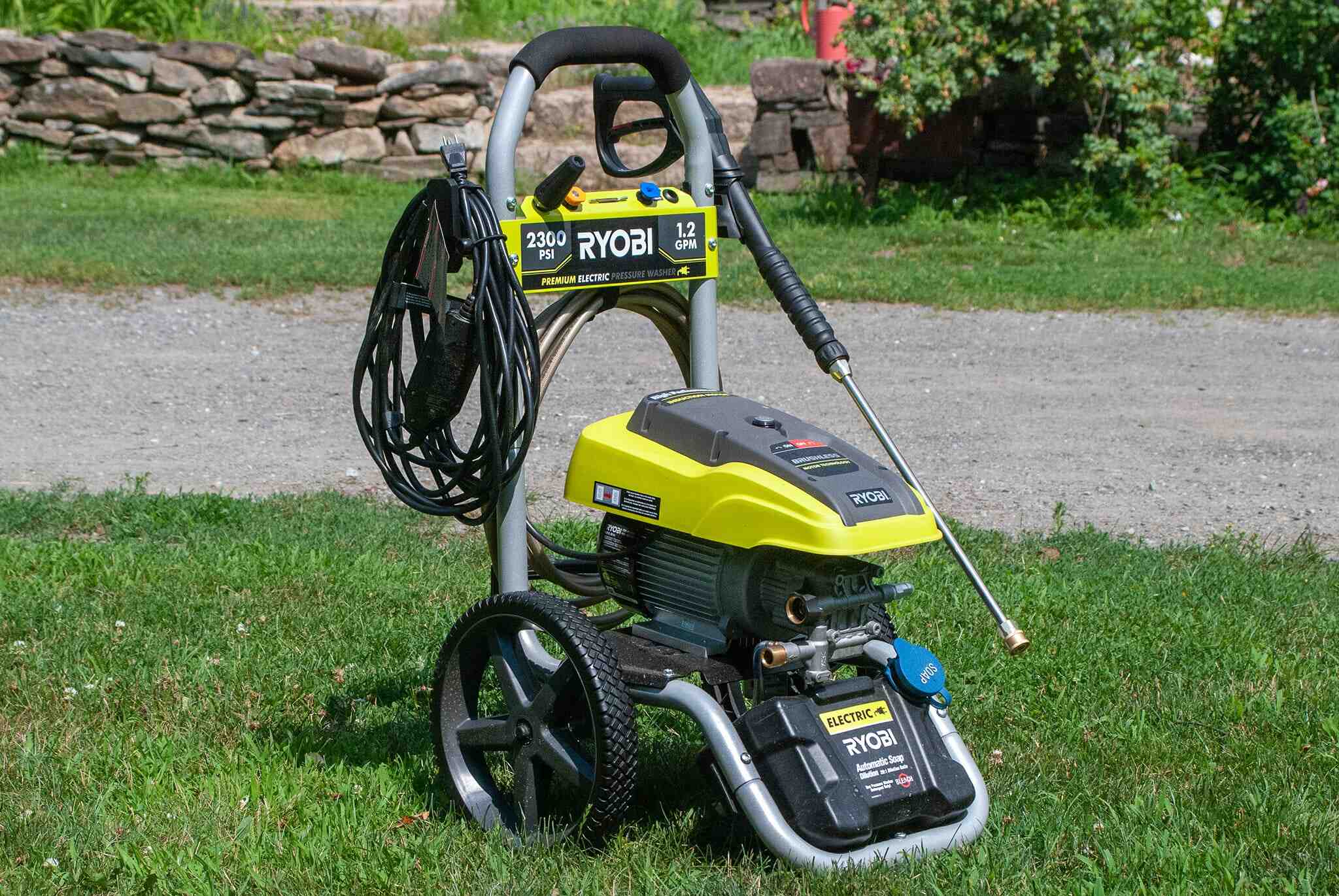
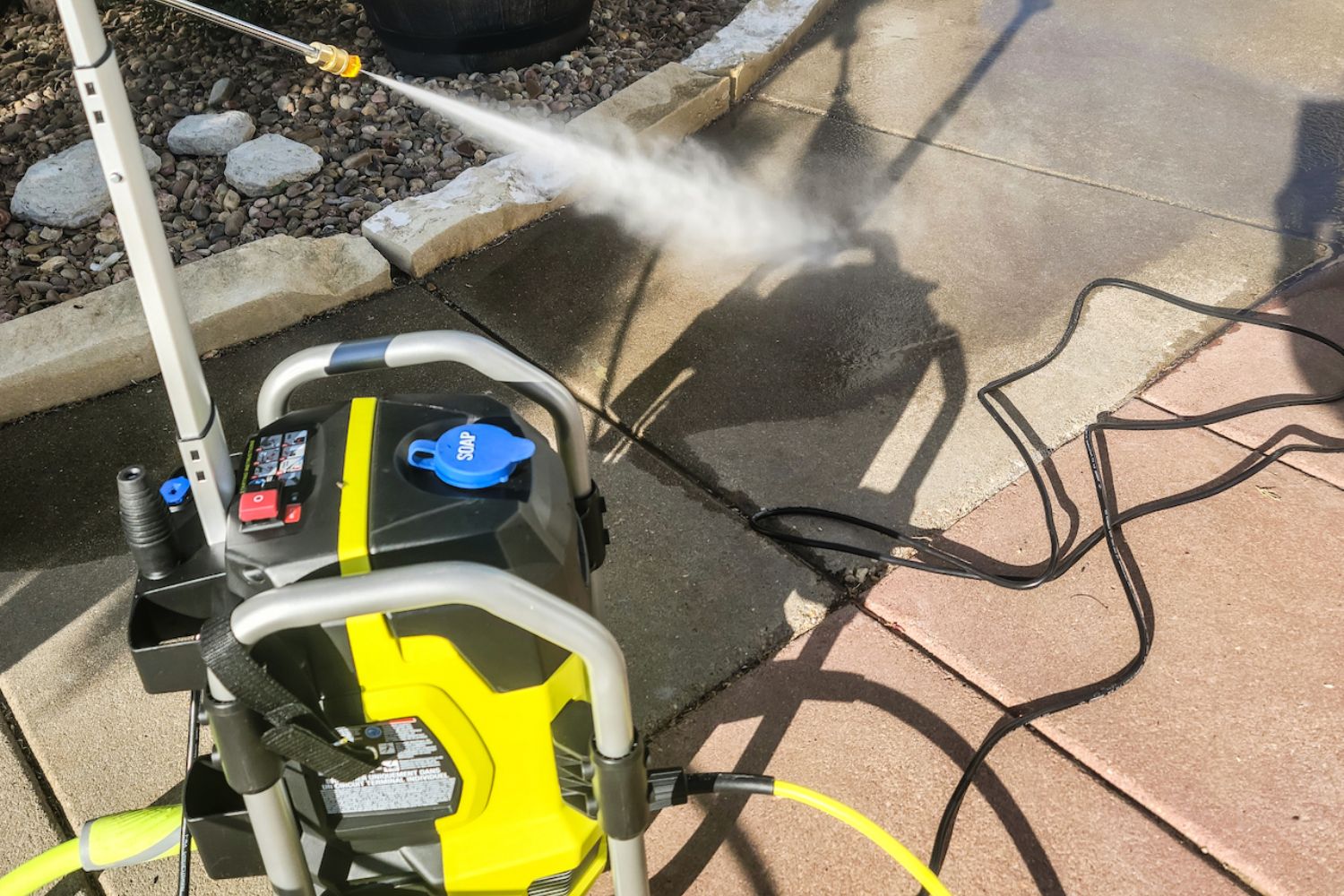
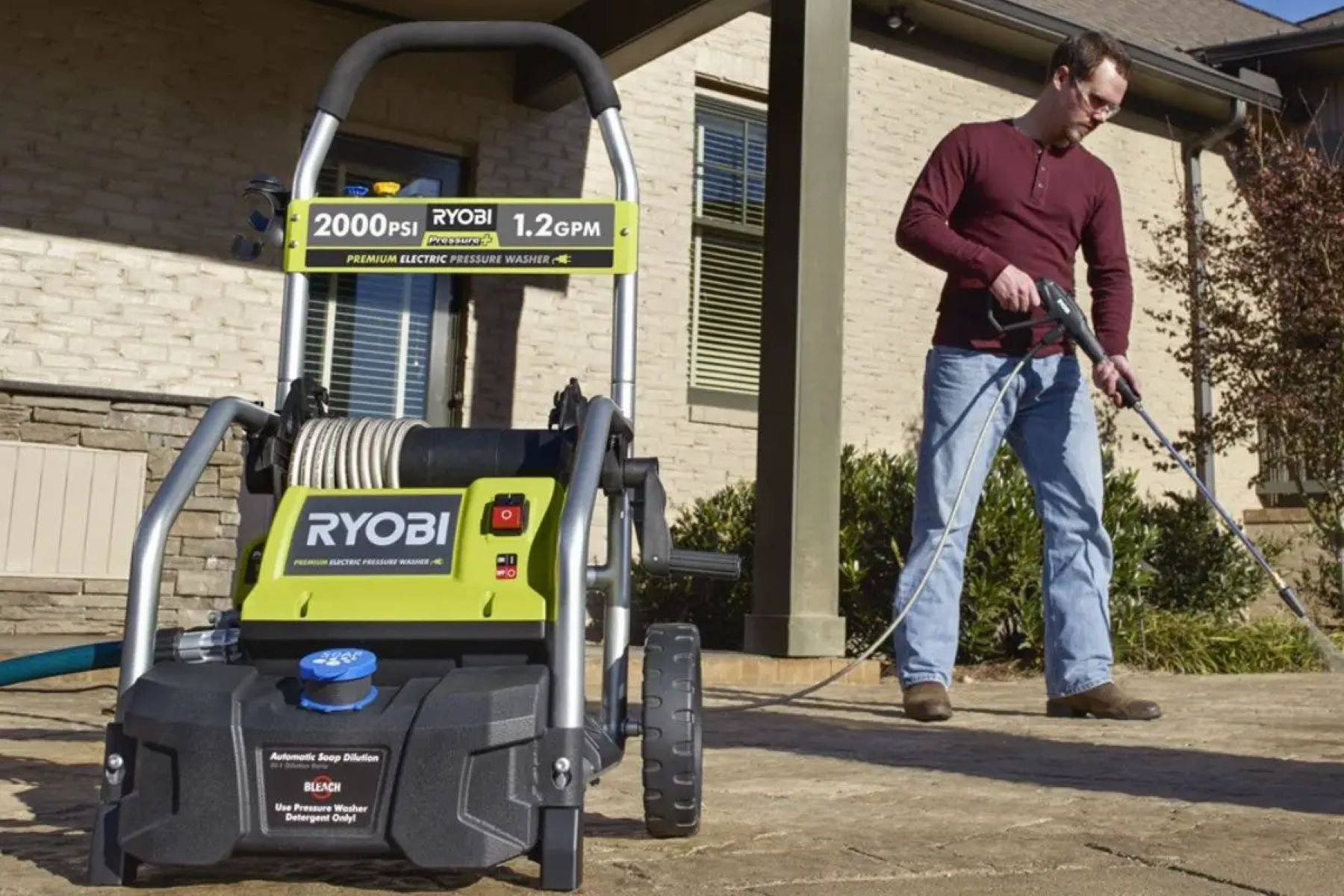
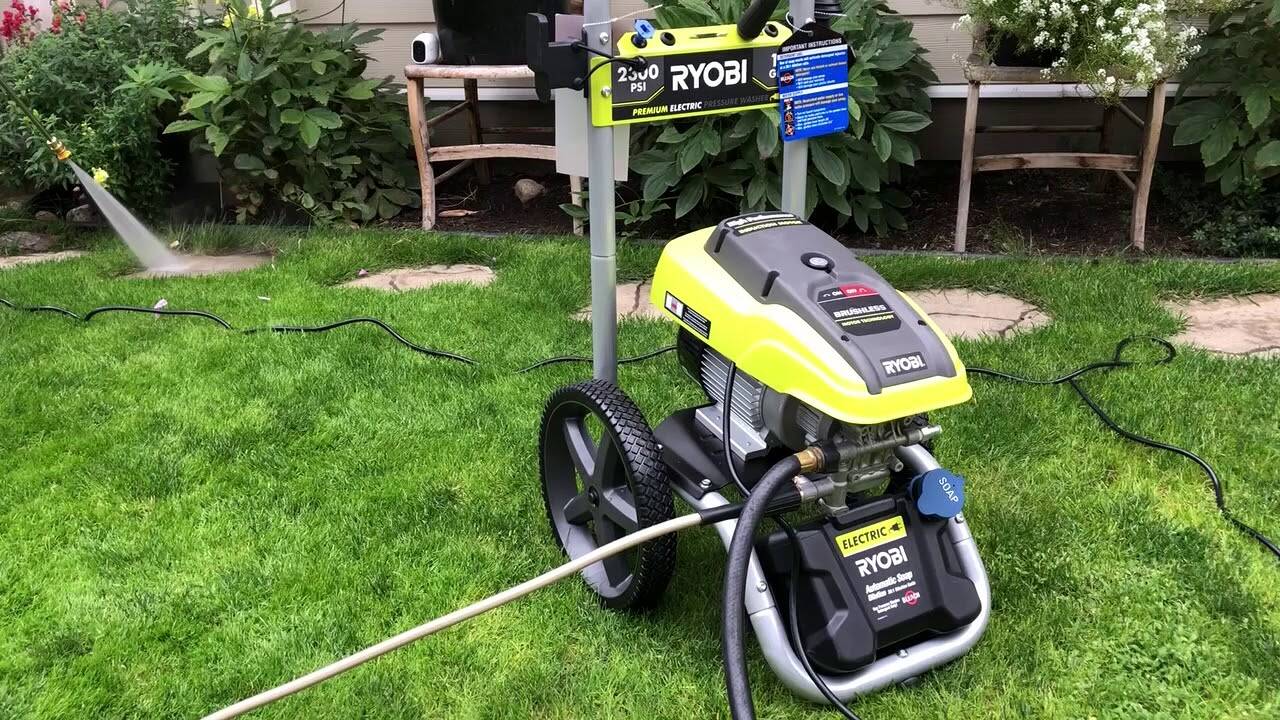
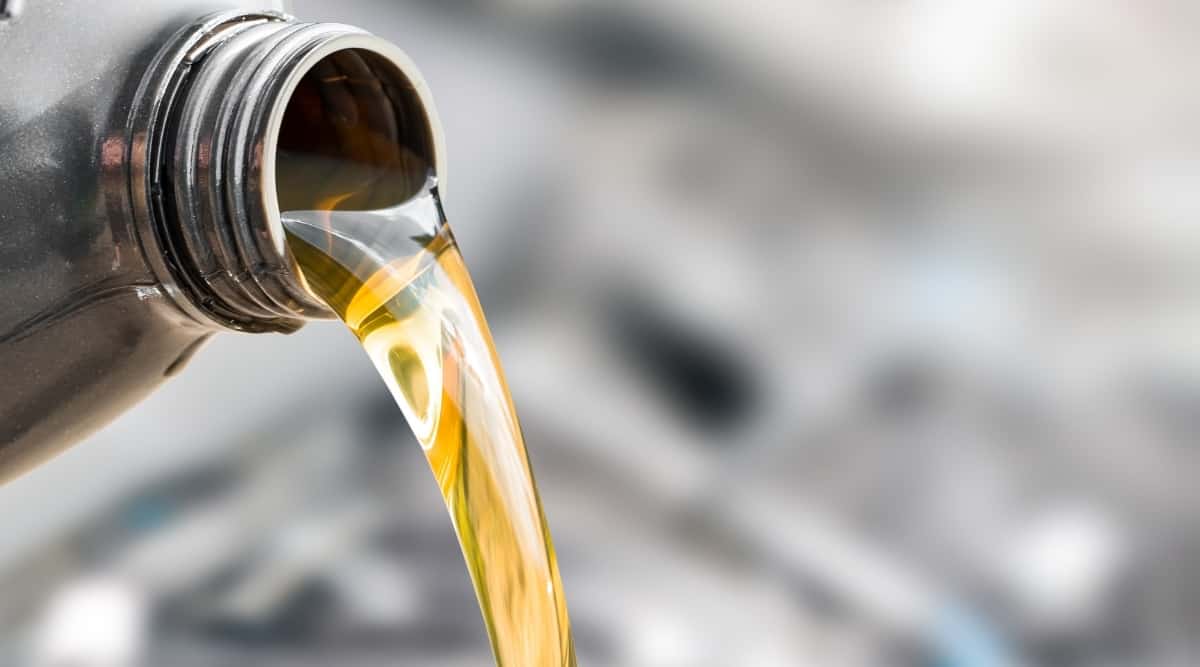
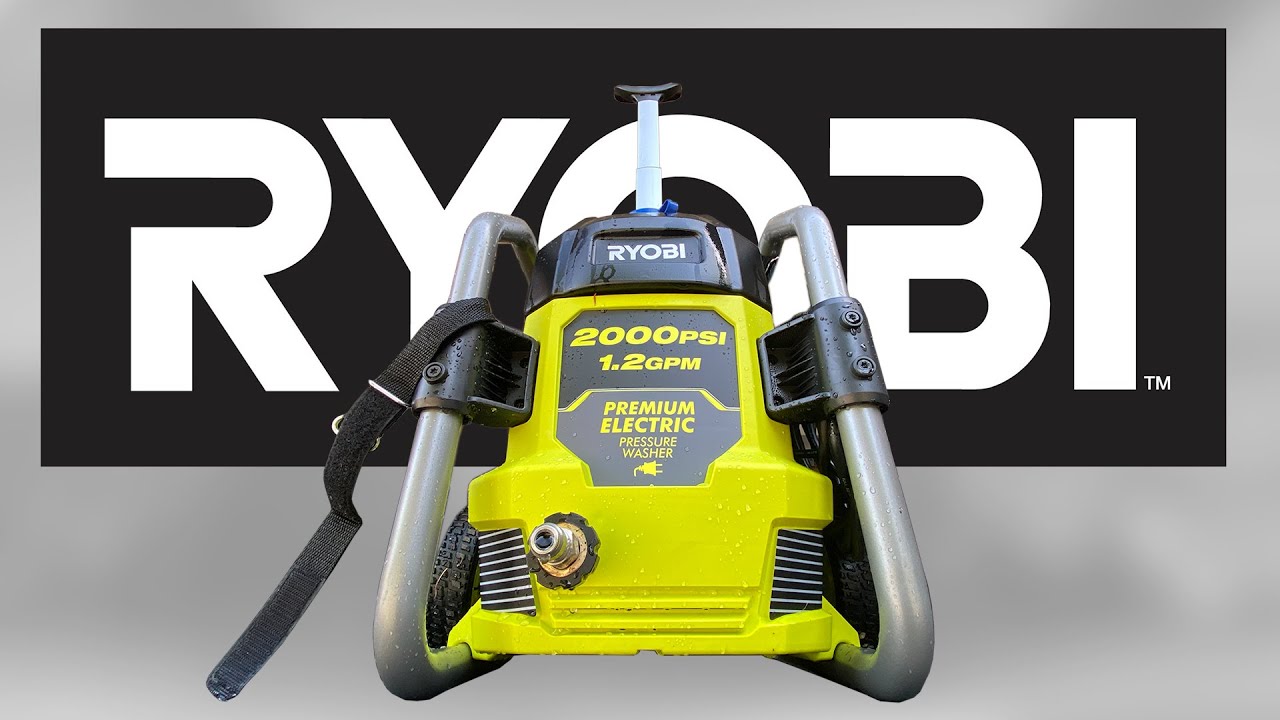
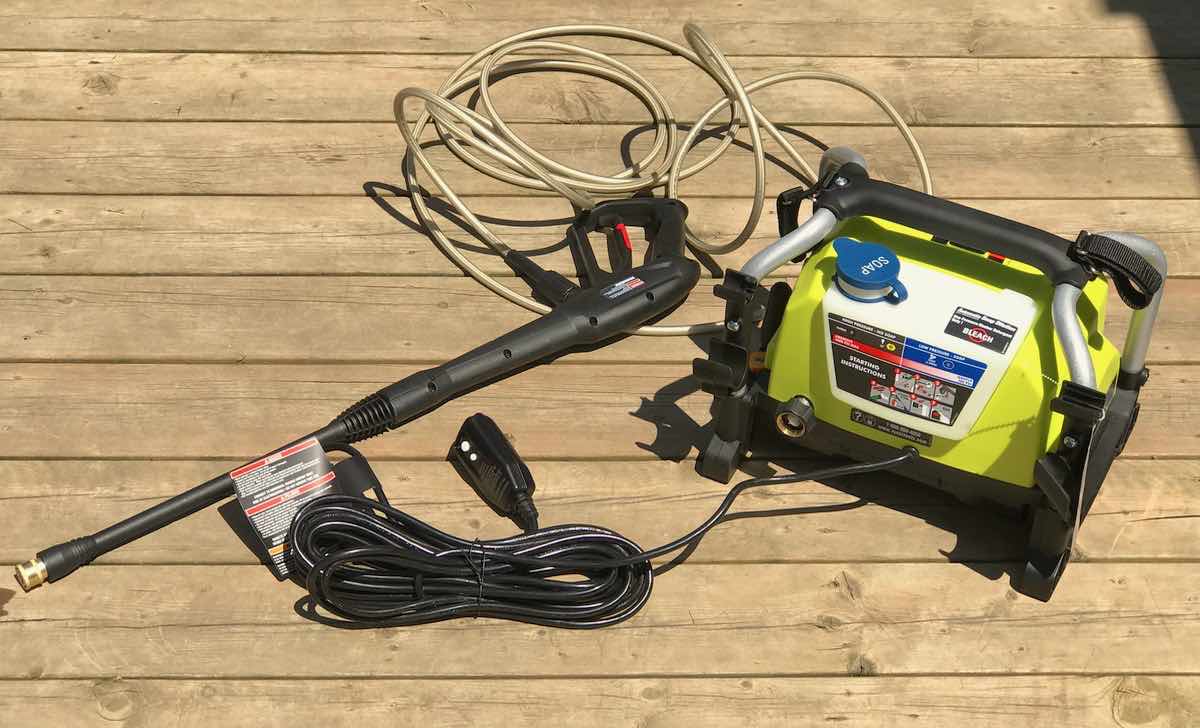
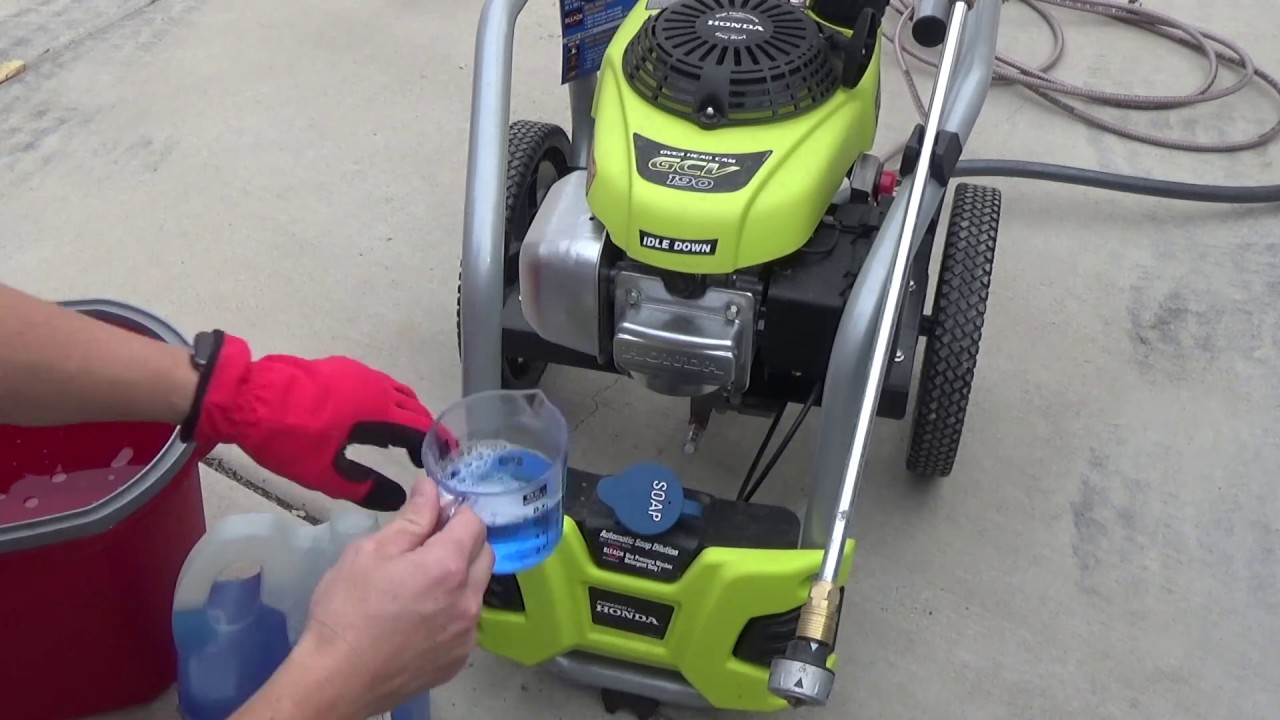
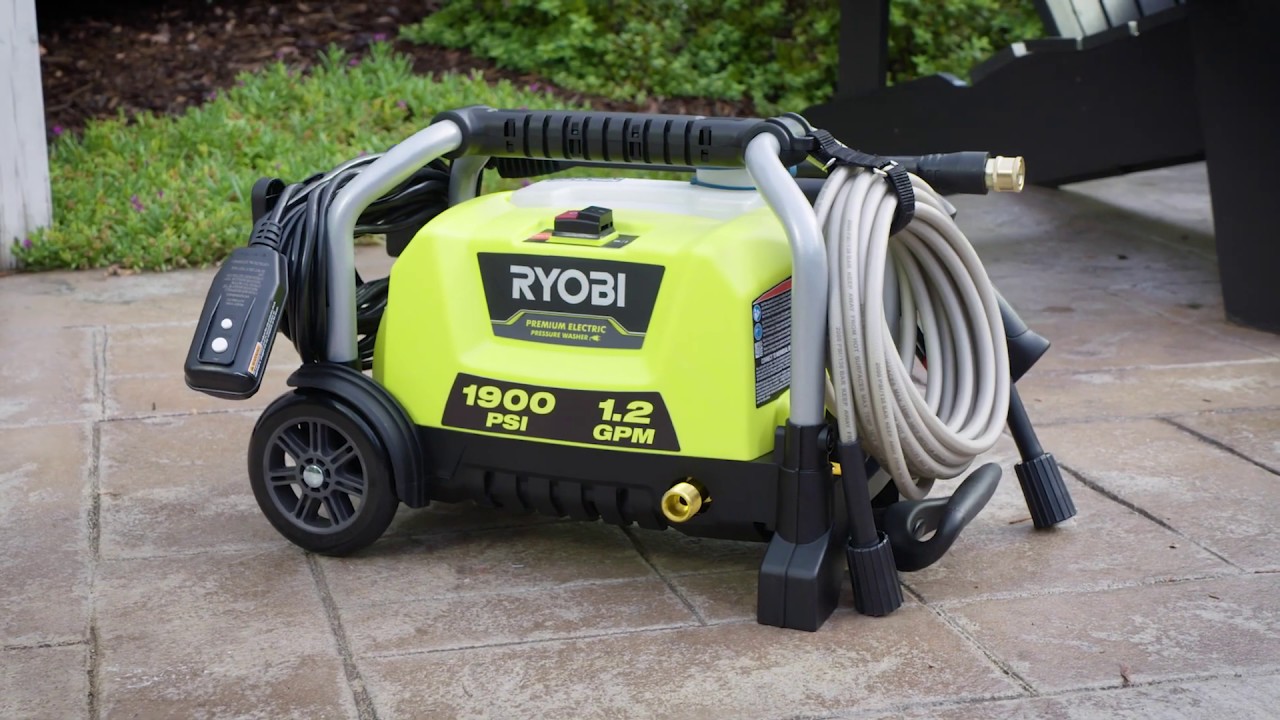
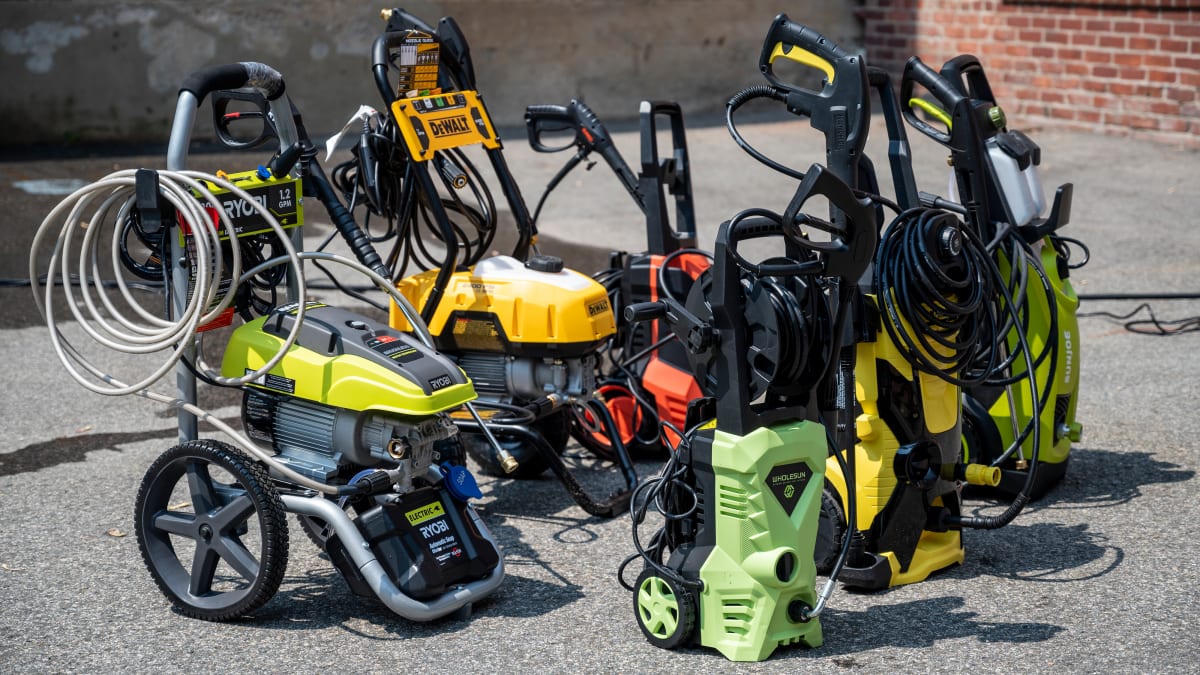
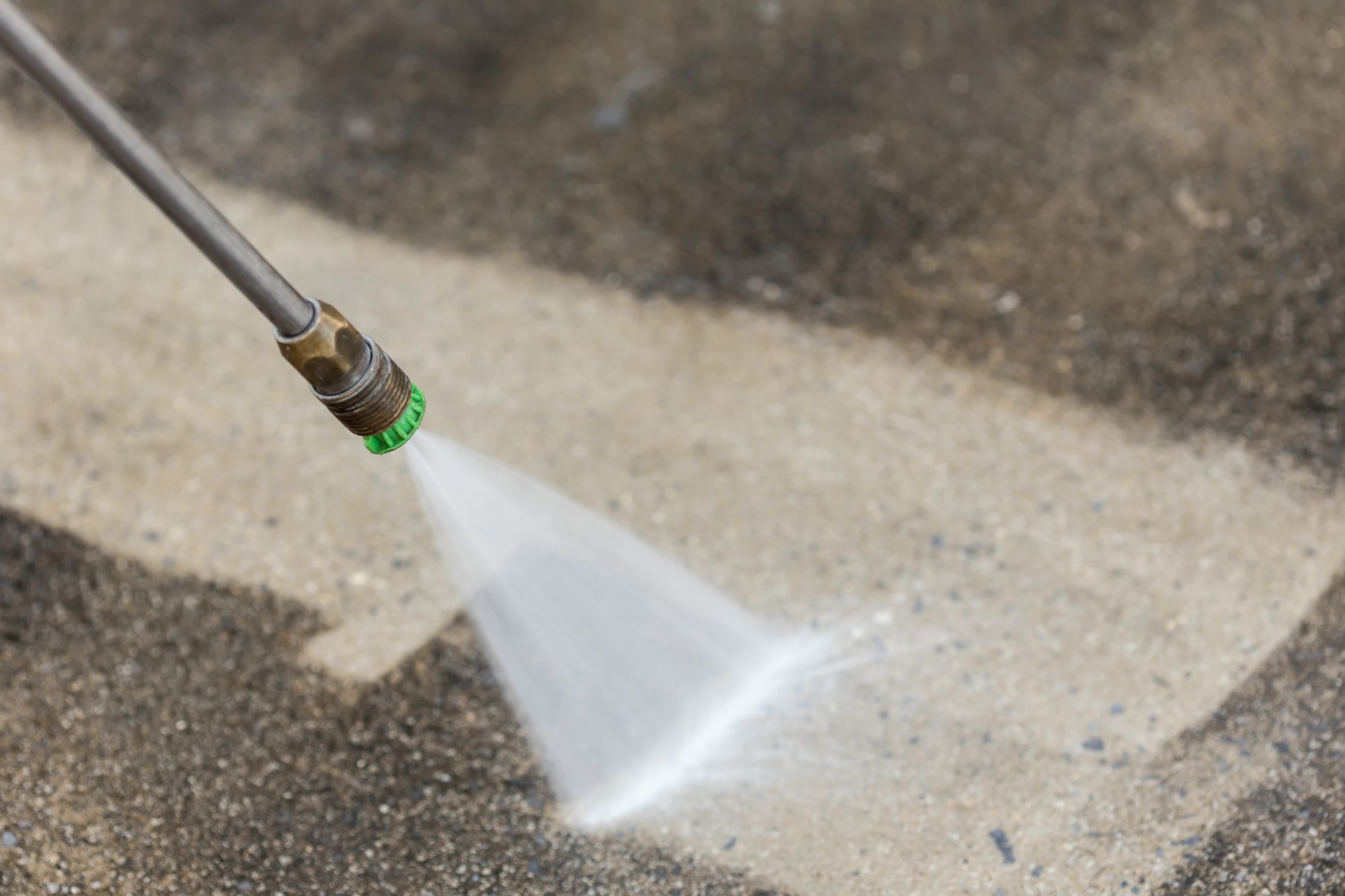
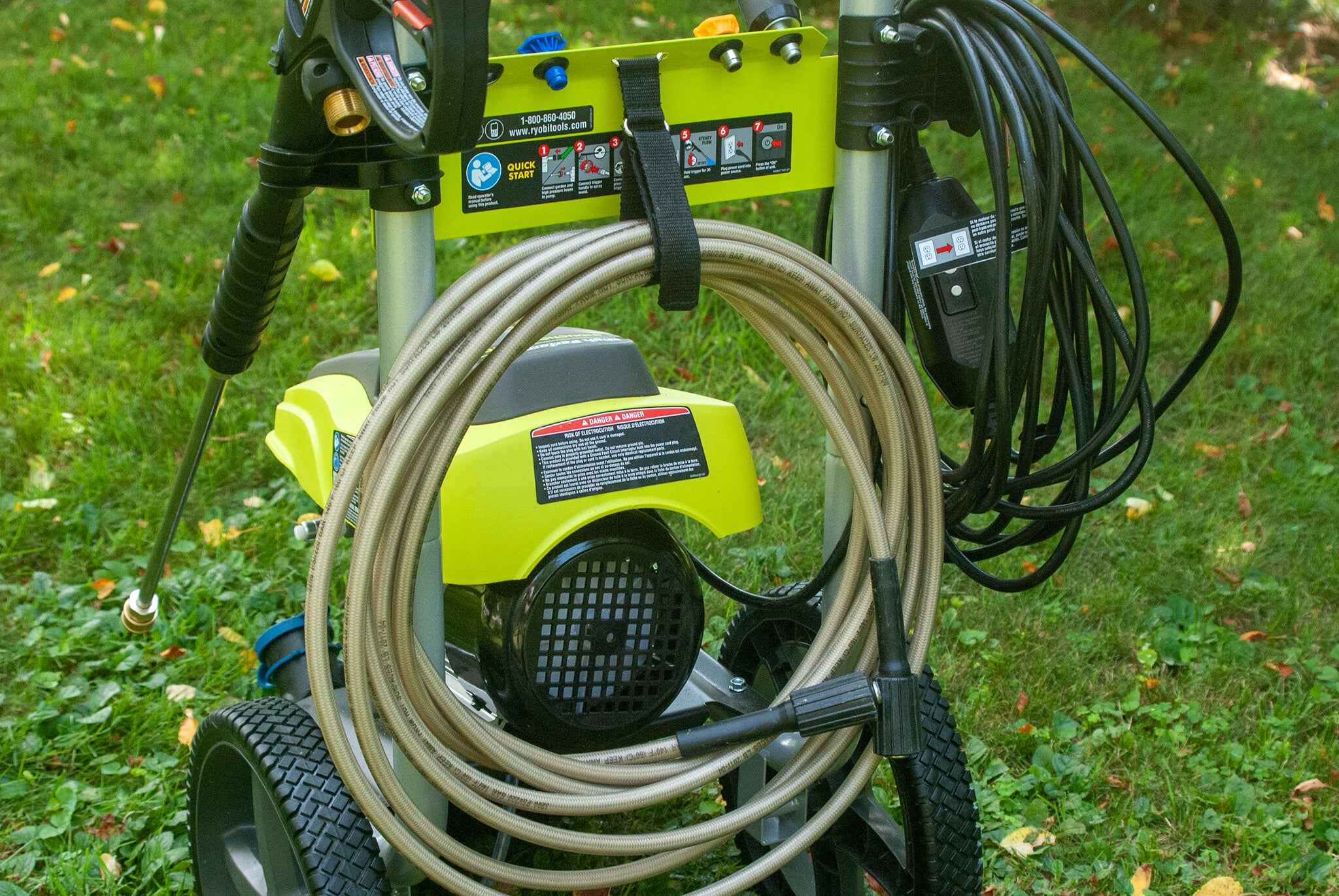
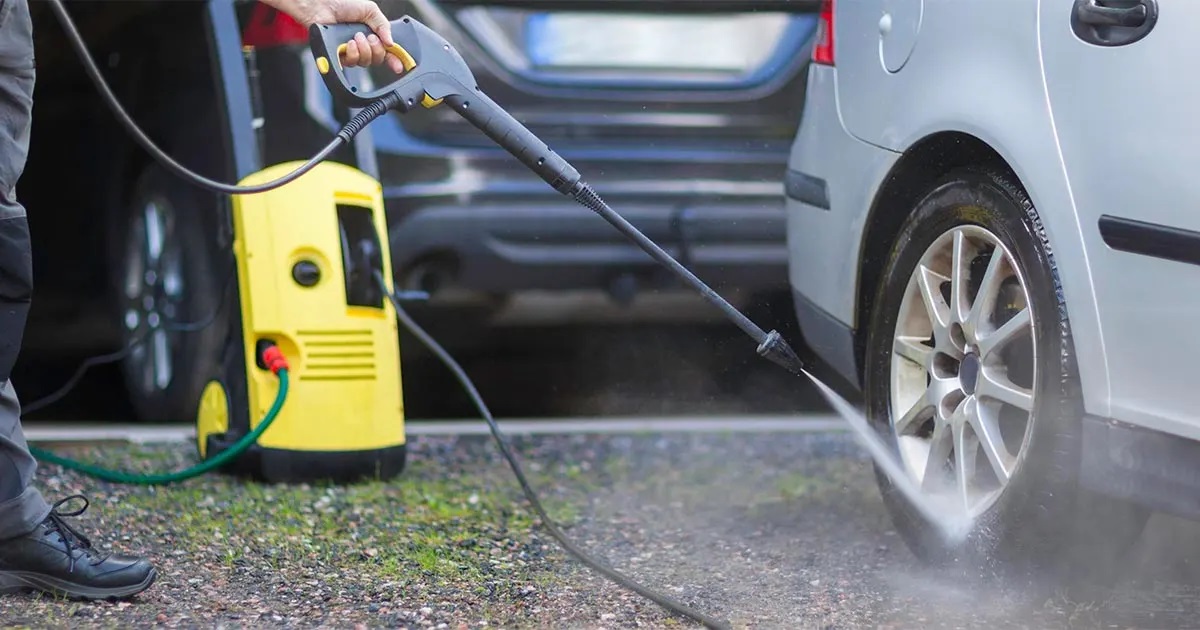
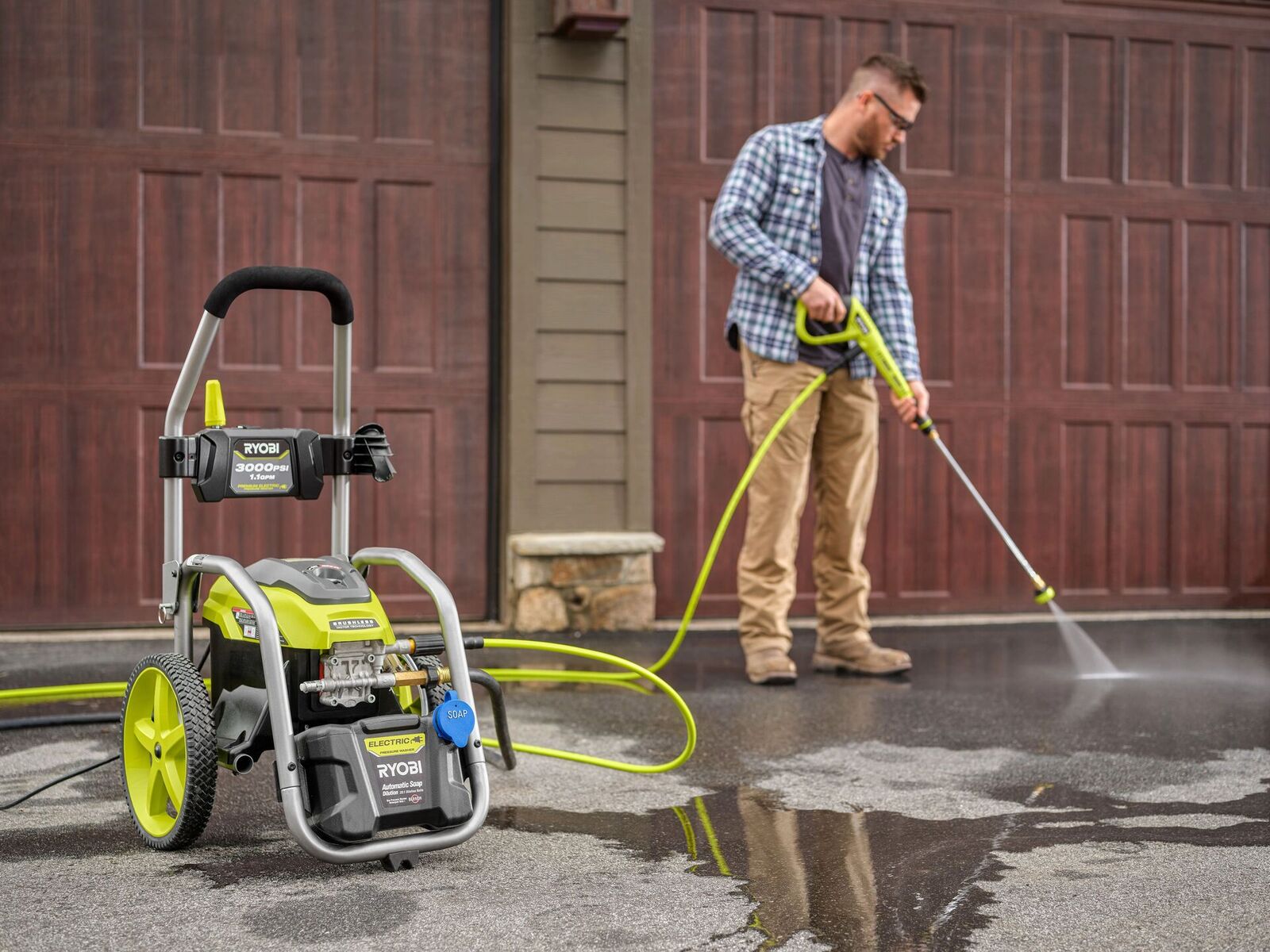

0 thoughts on “How To Use The Ryobi Pressure Washer”